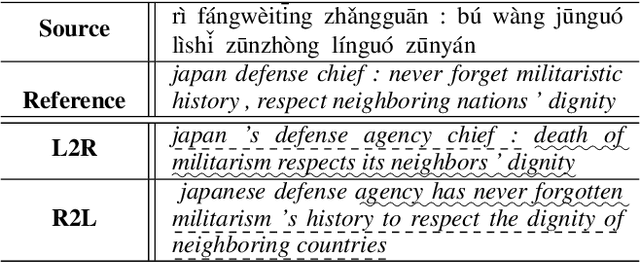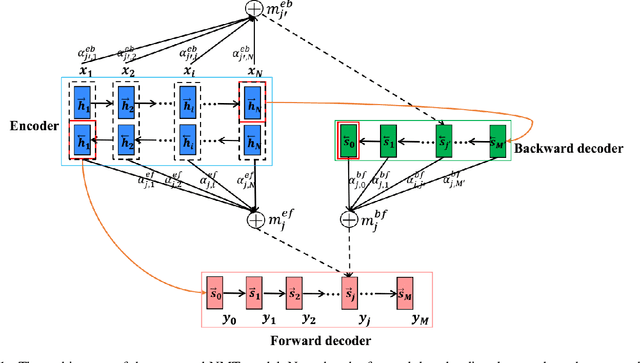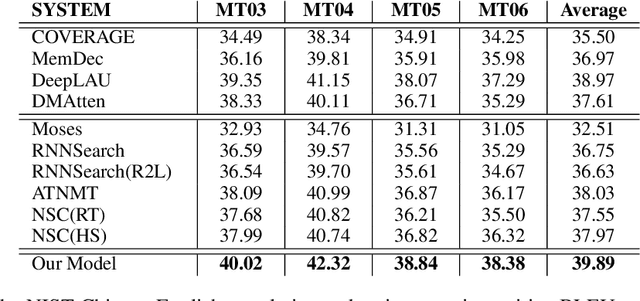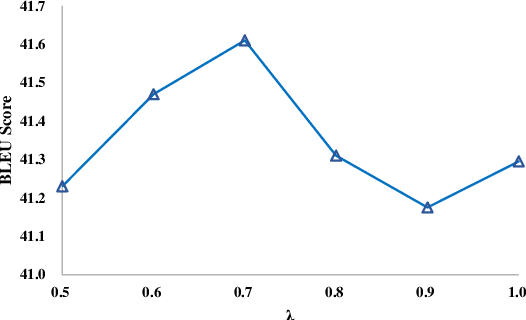Xiangwen Zhang
AccidentSim: Generating Physically Realistic Vehicle Collision Videos from Real-World Accident Reports
Mar 26, 2025Abstract:Collecting real-world vehicle accident videos for autonomous driving research is challenging due to their rarity and complexity. While existing driving video generation methods may produce visually realistic videos, they often fail to deliver physically realistic simulations because they lack the capability to generate accurate post-collision trajectories. In this paper, we introduce AccidentSim, a novel framework that generates physically realistic vehicle collision videos by extracting and utilizing the physical clues and contextual information available in real-world vehicle accident reports. Specifically, AccidentSim leverages a reliable physical simulator to replicate post-collision vehicle trajectories from the physical and contextual information in the accident reports and to build a vehicle collision trajectory dataset. This dataset is then used to fine-tune a language model, enabling it to respond to user prompts and predict physically consistent post-collision trajectories across various driving scenarios based on user descriptions. Finally, we employ Neural Radiance Fields (NeRF) to render high-quality backgrounds, merging them with the foreground vehicles that exhibit physically realistic trajectories to generate vehicle collision videos. Experimental results demonstrate that the videos produced by AccidentSim excel in both visual and physical authenticity.
Finedeep: Mitigating Sparse Activation in Dense LLMs via Multi-Layer Fine-Grained Experts
Feb 18, 2025



Abstract:Large language models have demonstrated exceptional performance across a wide range of tasks. However, dense models usually suffer from sparse activation, where many activation values tend towards zero (i.e., being inactivated). We argue that this could restrict the efficient exploration of model representation space. To mitigate this issue, we propose Finedeep, a deep-layered fine-grained expert architecture for dense models. Our framework partitions the feed-forward neural network layers of traditional dense models into small experts, arranges them across multiple sub-layers. A novel routing mechanism is proposed to determine each expert's contribution. We conduct extensive experiments across various model sizes, demonstrating that our approach significantly outperforms traditional dense architectures in terms of perplexity and benchmark performance while maintaining a comparable number of parameters and floating-point operations. Moreover, we find that Finedeep achieves optimal results when balancing depth and width, specifically by adjusting the number of expert sub-layers and the number of experts per sub-layer. Empirical results confirm that Finedeep effectively alleviates sparse activation and efficiently utilizes representation capacity in dense models.
MSP: Multi-Stage Prompting for Making Pre-trained Language Models Better Translators
Oct 13, 2021



Abstract:Pre-trained language models have recently been shown to be able to perform translation without finetuning via prompting. Inspired by these findings, we study improving the performance of pre-trained language models on translation tasks, where training neural machine translation models is the current de facto approach. We present Multi-Stage Prompting, a simple and lightweight approach for better adapting pre-trained language models to translation tasks. To make pre-trained language models better translators, we divide the translation process via pre-trained language models into three separate stages: the encoding stage, the re-encoding stage, and the decoding stage. During each stage, we independently apply different continuous prompts for allowing pre-trained language models better adapting to translation tasks. We conduct extensive experiments on low-, medium-, and high-resource translation tasks. Experiments show that our method can significantly improve the translation performance of pre-trained language models.
Otem&Utem: Over- and Under-Translation Evaluation Metric for NMT
Jul 24, 2018



Abstract:Although neural machine translation(NMT) yields promising translation performance, it unfortunately suffers from over- and under-translation is- sues [Tu et al., 2016], of which studies have become research hotspots in NMT. At present, these studies mainly apply the dominant automatic evaluation metrics, such as BLEU, to evaluate the overall translation quality with respect to both adequacy and uency. However, they are unable to accurately measure the ability of NMT systems in dealing with the above-mentioned issues. In this paper, we propose two quantitative metrics, the Otem and Utem, to automatically evaluate the system perfor- mance in terms of over- and under-translation respectively. Both metrics are based on the proportion of mismatched n-grams between gold ref- erence and system translation. We evaluate both metrics by comparing their scores with human evaluations, where the values of Pearson Cor- relation Coefficient reveal their strong correlation. Moreover, in-depth analyses on various translation systems indicate some inconsistency be- tween BLEU and our proposed metrics, highlighting the necessity and significance of our metrics.
Asynchronous Bidirectional Decoding for Neural Machine Translation
Feb 03, 2018



Abstract:The dominant neural machine translation (NMT) models apply unified attentional encoder-decoder neural networks for translation. Traditionally, the NMT decoders adopt recurrent neural networks (RNNs) to perform translation in a left-toright manner, leaving the target-side contexts generated from right to left unexploited during translation. In this paper, we equip the conventional attentional encoder-decoder NMT framework with a backward decoder, in order to explore bidirectional decoding for NMT. Attending to the hidden state sequence produced by the encoder, our backward decoder first learns to generate the target-side hidden state sequence from right to left. Then, the forward decoder performs translation in the forward direction, while in each translation prediction timestep, it simultaneously applies two attention models to consider the source-side and reverse target-side hidden states, respectively. With this new architecture, our model is able to fully exploit source- and target-side contexts to improve translation quality altogether. Experimental results on NIST Chinese-English and WMT English-German translation tasks demonstrate that our model achieves substantial improvements over the conventional NMT by 3.14 and 1.38 BLEU points, respectively. The source code of this work can be obtained from https://github.com/DeepLearnXMU/ABDNMT.
 Add to Chrome
Add to Chrome Add to Firefox
Add to Firefox Add to Edge
Add to Edge